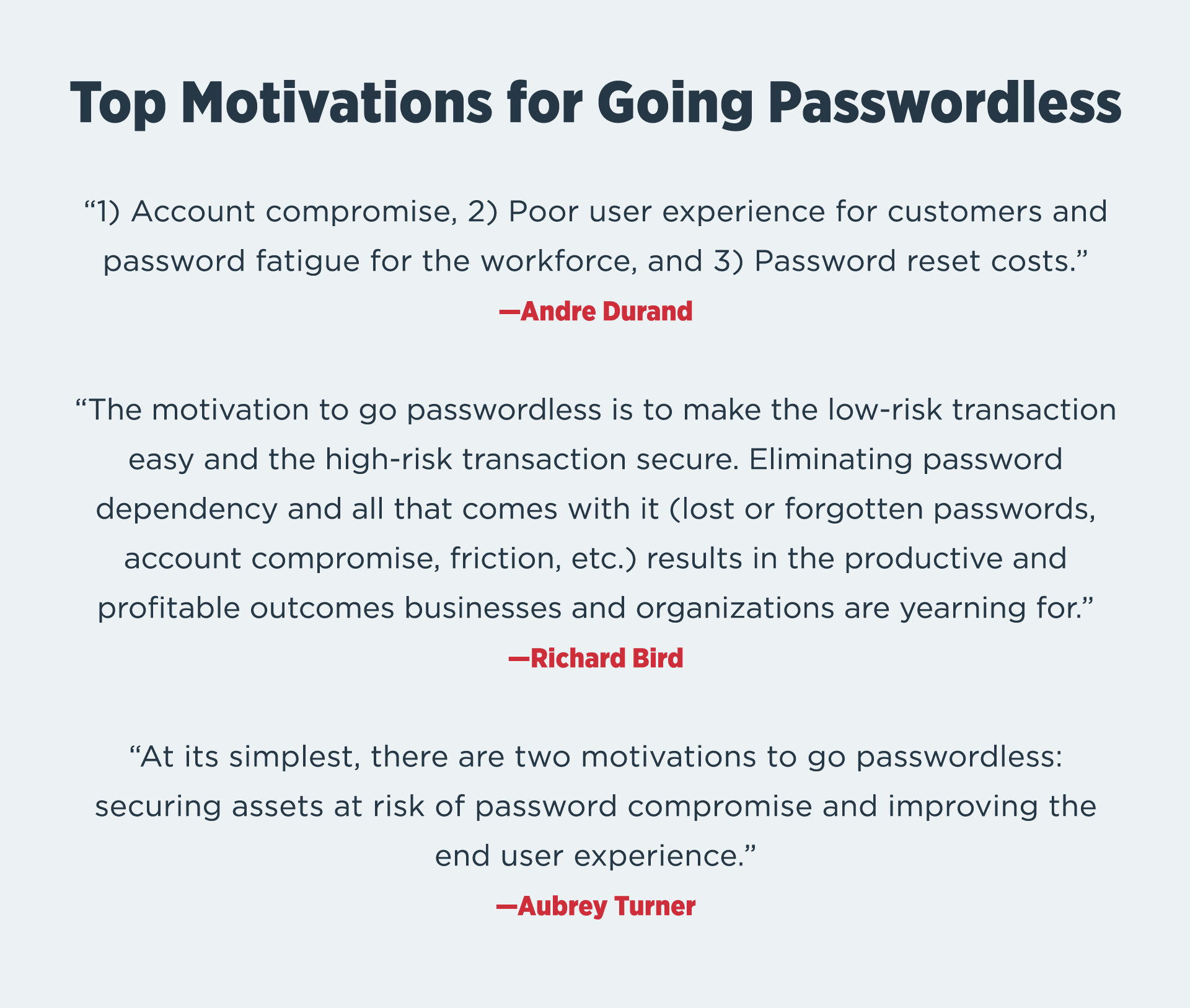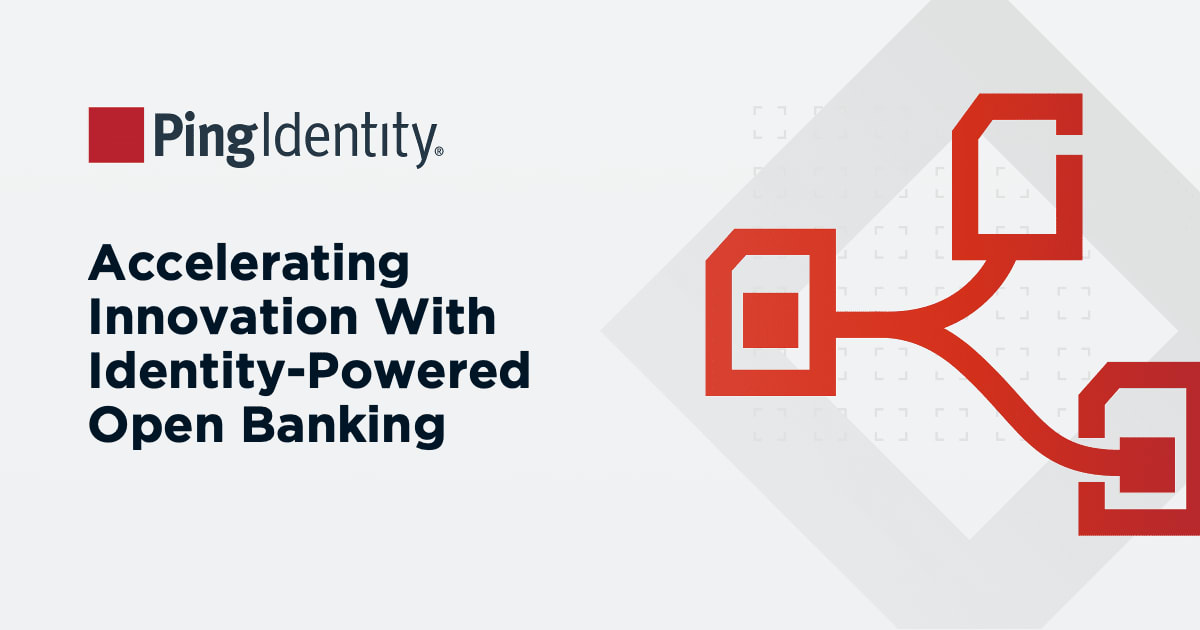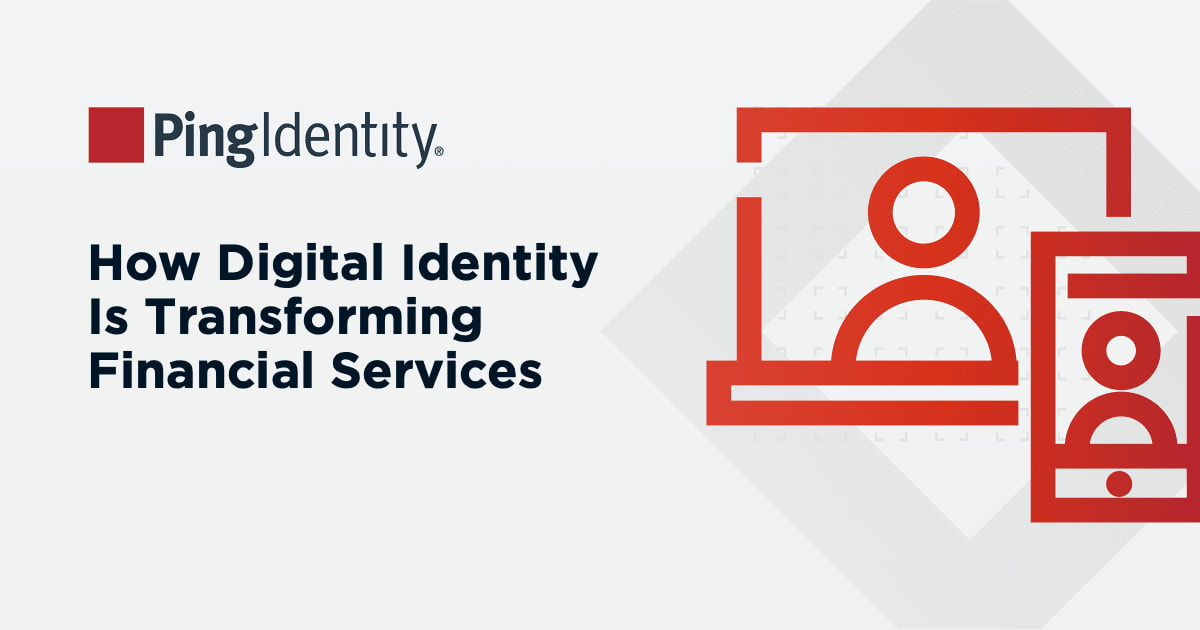To move beyond password reduction to true passwordless authentication requires FIDO (Fast Identity Online). The first open identity standard created specifically to support passwordless authentication. FIDO uses public key cryptography to provide simpler, safer authentication without the use of passwords.
FIDO allows you to shift authentication entirely to the user device, relying on biometric authentication like facial recognition and iris scans. The device then communicates with the service provider via public key encryption that the user has authenticated. Because credentials don’t leave the user device, nor are they stored on the server side, the threats of phishing and man-in-the-middle attacks are greatly reduced.
While the benefits it presents are clear, FIDO adoption hasn’t yet reached critical mass. According to Andre, FIDO will only see adoption and success if it is a strategic organizational investment. Richard explains, “The biggest obstacle to FIDO adoption—or the adoption of any advanced authentication capability—is the required business process change. We need to remember that our business and application owners have actually built the inefficiency of passwords into their systems. Taking away a password could cause call center queues to spike, order flows to change and risks between applications and processes to materialize.”
Patrick points out that more device platforms must also adopt FIDO. “Without systems that support FIDO and FIDO-certified products, buyers may be concerned about vendor lock-in,” Aubrey adds.
It’s true that FIDO requires significant change across organizations, from development to organizational security and, yes, even to call centers because it will require a new process for account creation, recovery and resets. Yet even as FIDO goes through a chicken-and-egg moment as it strives to become mainstream but companies hesitate to move forward until they see widespread adoption first, everyone agrees that a passwordless future is both inevitable and well worth the effort.



